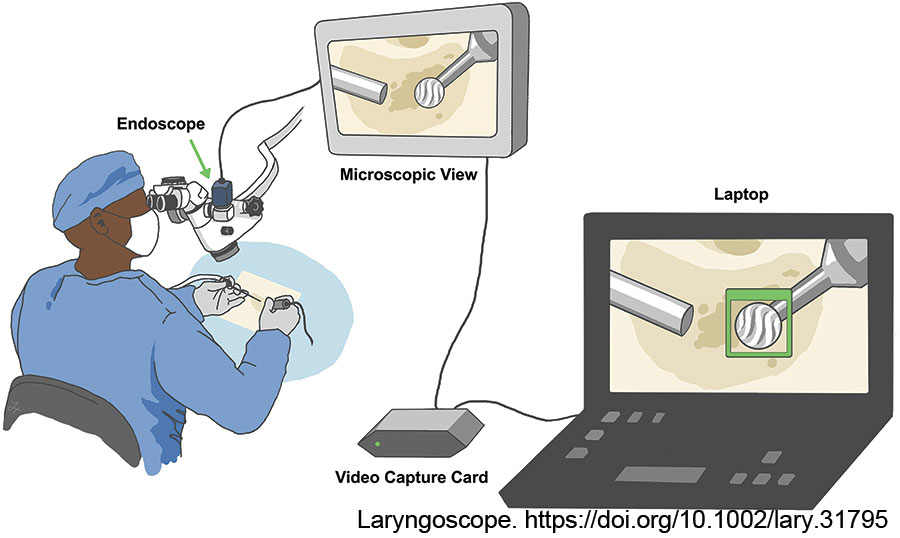Subject to further study, the patient-reported outcome measure (PROM) MenQOL may be used to assess the effects of treatment on disease-specific quality of life in patients with MD
3D-Based Model Shown Most Effective in Segmenting Inner Ear for Calculation of EH Volume Ratio
The 3D U-Net model was shown to be superior in performance to the 2D model in analyzing EH volume ratio, and the 3D model with data pairing performed better than the model without data pairing.
Vestibular Disorders May Result in Impaired Cognitive Function
Findings indicate that vestibular disorders can result in impairments across various aspects of cognitive functioning, particularly in visuospatial cognition.
Systematic Review of AAV–Based Gene Therapy for Hereditary Deafness Presents Progress and Challenges
AAV-based gene therapy represents a promising therapeutic approach for hereditary deafness.

How To: Automated Real-Time Otologic Drill Motion Analysis
In this work, the authors present a computer vision model for automatic otologic drill motion analysis during mastoidectomy and detail how to implement a computer vision model for real-time use.
Genetic Factors May Drive Relationship Between Musicality and Hearing Health
Can high degrees of human musicality be supportive of hearing health?
Concurrent Balloon Dilation Eustachian Tuboplast and TT Placement Effective in Children with ETD
What are the long-term outcomes of children with Eustachian tube dysfunction (ETD) who underwent concurrent balloon dilation Eustachian tuboplasty (BDET) and tympanostomy tube (TT) placement?
Hearing Loss Associated with Reduced Physical Activity Among Elderly without Hearing Aids
What is the impact of hearing status among older individuals on a variety of physical activities, and what association exists between hearing aid use and physical activity in individuals with hearing loss?
Moderate or Greater Hearing Loss in Older Adults Associated with Functional Difficulties
How are hearing loss and hearing aids associated with functional status?
Commercial-Grade, Application-Based Hearing Assessment Strongly Correlates with Traditional Audiometry
Commercial-grade, app-based pure tone audiometry demonstrates an overall strong correlation and accuracy with traditional audiometry, but it is not intended to replace an evaluation performed in a controlled environment with calibrated equipment and a skillfully trained clinician.
- « Previous Page
- 1
- 2
- 3
- 4
- …
- 30
- Next Page »